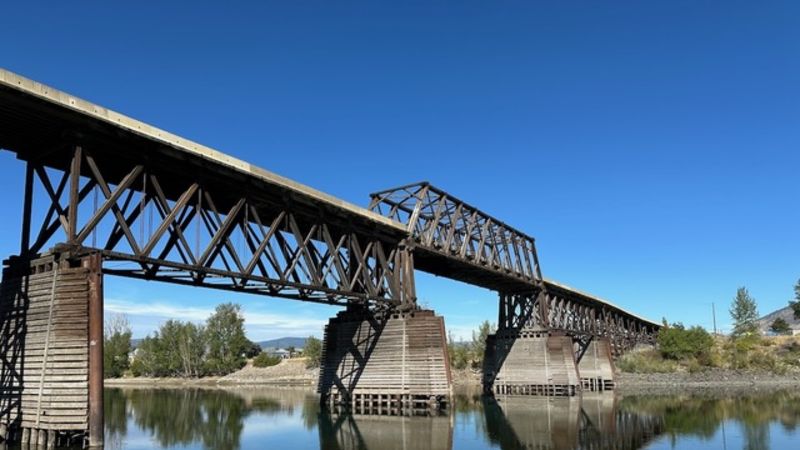
SOUND OFF: Red Bridge could rise from the ashes, literally – here’s how
TURNS OUT the Red Bridge could be brought back to life stronger, wider and better than ever, and keep its historic look. A man who knows how to do it will be in town today.
Randy Ludwar lives in the Okanagan and works for a company called Timber Restoration Services. It specializes in the use of mass timber, an engineered wood construction material used in buildings and, yes, bridges…. including restorations.
“We could actually build it to an exact replica, but a refined replica to meet modern highway requirements,” he told me last night by phone. “Whatever they’re going to build in steel and concrete we can build in wood and mass timber.”
So Ludwar wants to check out the scene for himself and assess the possibilities.


